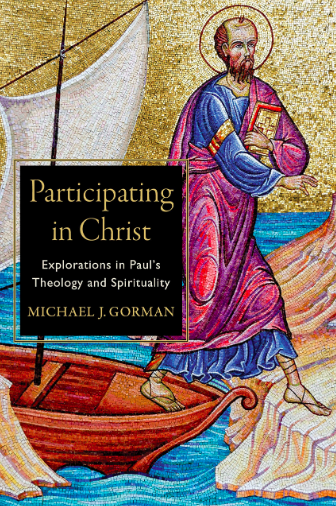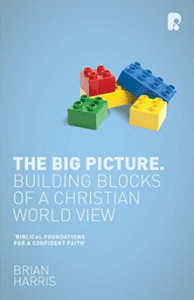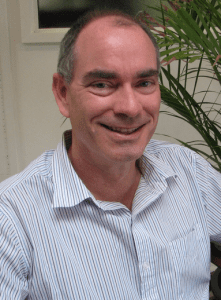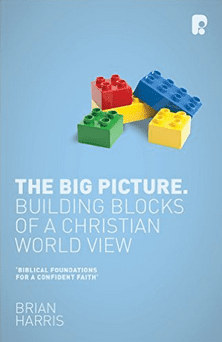 Christians have distinct views of the “last things” — in fact, their view of the “last” things (or eschatology) is that the last things have already begun. This is called “inaugurated” eschatology. But there are bundle of topics in what Christians believe about eschatology and evangelicals have (they really do) even more to believe (than many Christians). Here are the topics, all discussed briefly by Michael Bird in his Evangelical Theology:
Christians have distinct views of the “last things” — in fact, their view of the “last” things (or eschatology) is that the last things have already begun. This is called “inaugurated” eschatology. But there are bundle of topics in what Christians believe about eschatology and evangelicals have (they really do) even more to believe (than many Christians). Here are the topics, all discussed briefly by Michael Bird in his Evangelical Theology:
1. Gospel and kingdom: here he affirms George Ladd’s definition of kingdom. Though Bird will finesse church and kingdom when he gets to church, I think kingdom is the place to raise that discussion because it forces ecclesiology in its proper place. And because he ties the two together, and does not separate them as many do in the Reformed and Lutheran and dispensational frameworks, this is the place to raise it first. This one deserves more than I can put here but Israel and kingdom and church come into play, too. The big picture is that he sees kingdom as the overlap of the ages …
… even more, for him kingdom is mostly reduced to the dynamic of the redemptive rule of God in this world and he sees breaking-in moments of the kingdom if redemptive actions. This leads toward a more Kuyperian (not so Richard Niebuhrian) theory for the relationship of church and state. It also leads him to believe he has a gospel-ized perception of kingdom and eschatology.
2. The return of Christ and the rapture, and here Bird’s view is “historic premillennialism” (vs. dispensationalism), so once again he is with Ladd. Here Bird has a slight preterist view in what Jesus was talking — 70AD stuff in Mark 13. I’d like to see him address 1 Thess 4–5 more on this topic. He’s posttrib and not pretrib.
3. Final judgment: he affirms NT Wright’s view of heaven as new heavens and new earth, a more or less city with Eden like features (the end is the beginning, the beginning is the end), but he also affirms a traditional view of hell.
4. The intermediate state: he’s got a chart that maps it all out (323). Prior to Christ’s ascension, all who died entered the realm of the dead (sheol) that had two parts: one for wicked, one for righteous. At the ascension, Christ took with him the righteous of Sheol while the wicked remained; at death believers go to be with Jesus in heaven ahead of the resurrection. Sheol will be emptied into hell.
5. The Final state.











